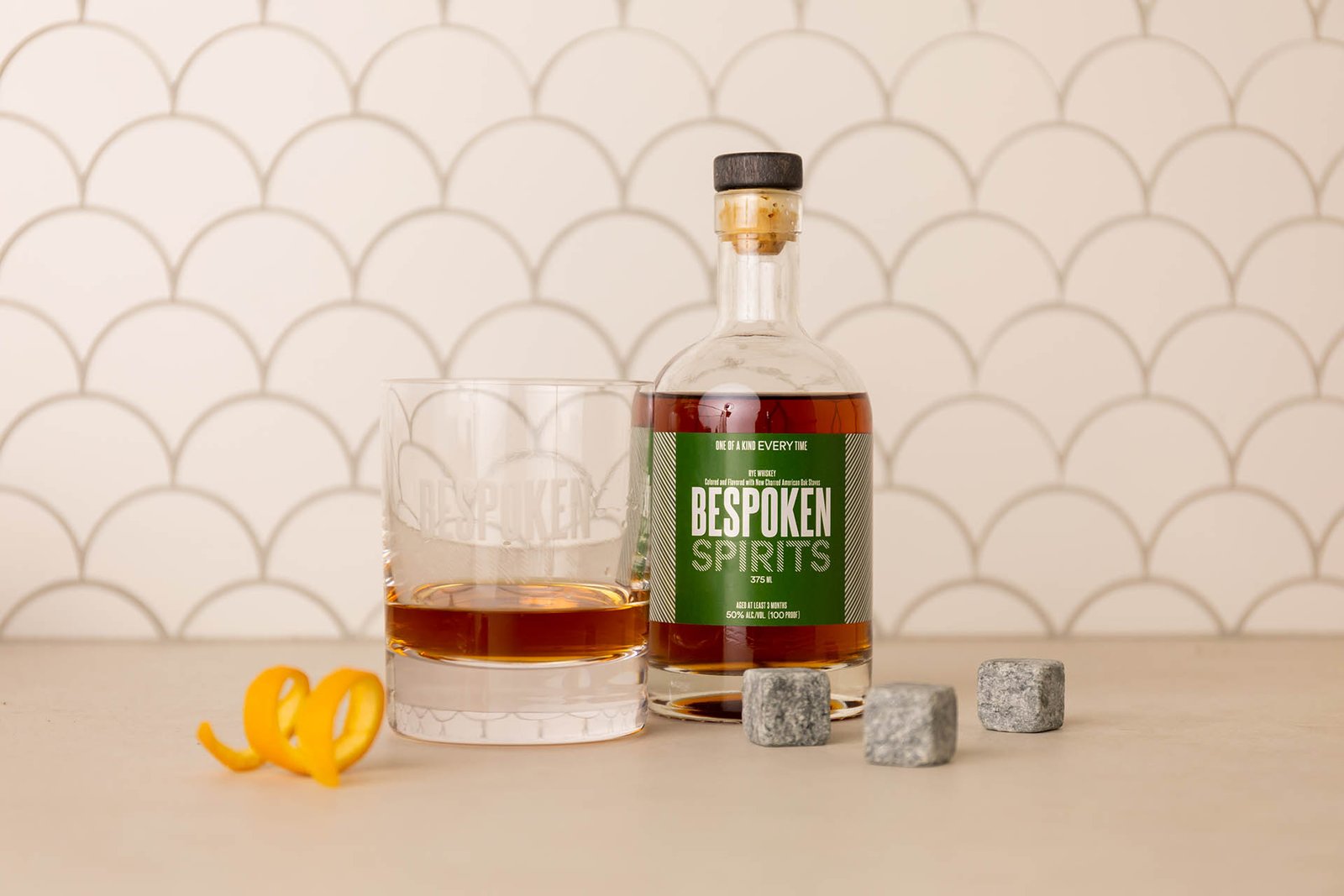This Technology Could Make the Whiskey Industry More Accessible and Sustainable

[ad_1]
Great whiskey has always been a waiting game. Thanks to new technologies, that could change.
Traditionally, the process of aging whiskey has involved leaving a clear spirit in oak barrels of various sizes and char levels for at least two years, depending on the spirit. As it matures, the alcohol extracts compounds like lignins and tannins from the wood, which helps it develop aroma, color and taste.
This requires patience. A distiller cannot make money from their whiskey for years. They also need a rickhouse to store the whiskey barrels. That investment requires steady capital long before a single bottle is sold.
A new wave of whiskey makers believe that there’s another way. Stu Aaron, cofounder of Bespoken Spirits, says that his company’s maturation method aims at precision, control, speed and sustainability. Its “microstaves” develop desired aromas, colors and flavor profiles in days rather than decades, Aaron says, and uses 97% less wood than conventional maturation methods.
“By being that small, each piece of wood gives us precisely what we want,” says Aaron. “It’s got the elements we want, and not the elements we don’t want.”

This type of technology could provide ways for more people to enter the spirits industry.
“The amount of space, barrels and upfront investment it takes to build a business is just prohibitive to a lot of people,” says Aaron. “By removing all of those obstacles, we do feel like we’re unlocking [and] disrupting the industry for the better.”
Eric Zandona, director of spirits information for the American Distilling Institute, a trade group, believes modern maturation methods could make the spirits industry more inclusive and diverse.
“The process overall could potentially open the market for a new cohort of brands to enter into the space,” he says.
While these methods require less wood and fewer resources, Zandona says it’s a mistake to paint traditional barrel aging as inefficient or unsustainable. Many barrels are exported and reused for generations.
“They get sold to Scotland, to Mexico, to Taiwan,” he says, “They go all around the world to be reused for decades.”
“The traditionalists aren’t exactly fans of ours.” —Tom Lix, Cleveland Whiskey
Colin Blake, director of spirits education at the Kentucky-based Moonshine University, agrees. “The lifespan of a barrel can get upwards of 100 years, if it’s treated properly,” says Blake.
Diversifying whiskey aging processes could diversify the market, too.
“All whiskeys in the world, with very, very few exceptions, use barrels built from oak, which means that most of them taste more alike than not,” says Tom Lix, founder and CEO of Cleveland Whiskey. The ubiquity of oak barrels is due to their suitability for storage and transportation, he says. “Most of the woods out there, if you built a barrel out of it and you filled it with liquid, they would leak like a sieve.”

Lix’s alternative maturation method isn’t just about speed, but also about control. His technology applies pressure changes in a stainless-steel tank. This drives the spirit in and out of the pore structure of wood that has been cut to a particular size and shape and controlled for moisture. The company can use woods beyond oak, like apple, hickory and black cherry, to give the spirit its flavor profile. Plus, it uses a much smaller quantity of wood overall.
“The process overall could potentially open the market for a new cohort of brands to enter into the space.” —Eric Zandona, American Distilling Institute
Such methods have been met with skepticism from some segments of the industry. Both Aaron and Lix say that they’ve encountered some negative attitudes.
“The traditionalists aren’t exactly fans of ours,” says Lix. “A lot of them think that we’re heretics, and what we do is sacrilege.”
But as the global spirits market continues to grow, he believes there’s space for both the traditional and the innovative to thrive.
[ad_2]






